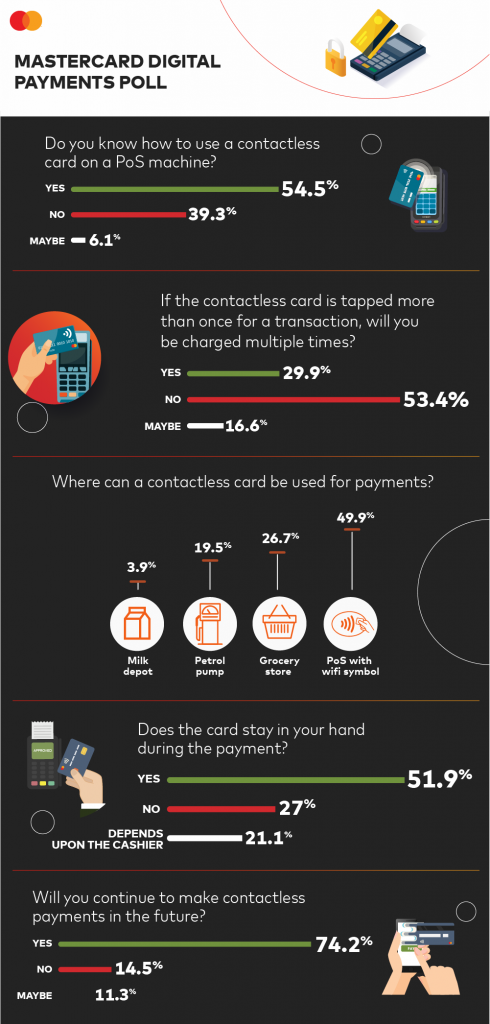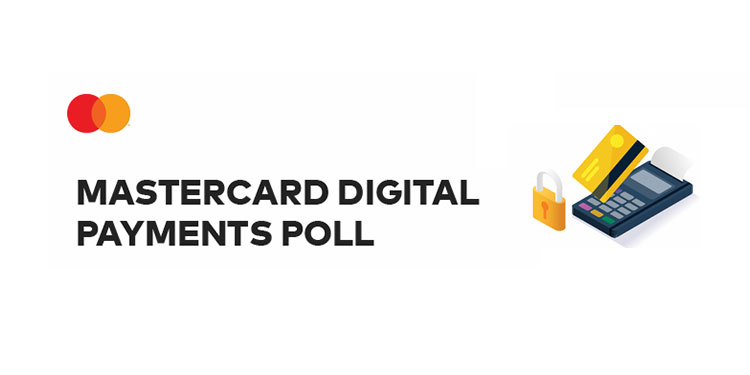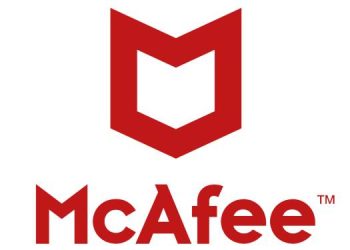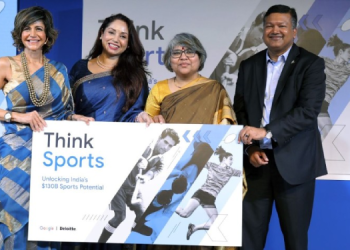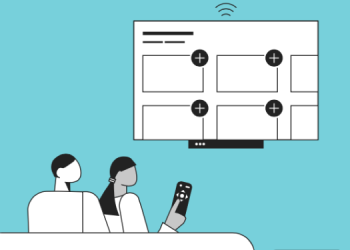New Delhi: As communities begin to slowly reopen, business owners and the consumers they serve are entering unknown territory, navigating the new normal, living with precautions. During these times, contactless and other forms of digital payments have emerged as the healthiest way of making payments as they are more secure and require minimum physical contact between the merchant and customer.
To garner more insights on Indian consumer sentiment towards contactless payments Mastercard in India recently conducted a digital payments poll. Indian consumers show an increased awareness and positive shift in preferences towards contactless payments:
- Over 54% of the respondents know how to use a contactless card on a PoS machine
- 53% of the respondents know that consumers don’t get charged multiple times if the contactless card is tapped more than once. However, 30% did not know this highlighting the need for more awareness on the safety of contactless payments
- 74% of the respondents, a high number, said that they will continue to make purchases digitally or via contactless mode in the coming times
- 51% of the respondents know that contactless card remains in the hand of the customer while making a transaction
- 49% of the voters know that a POS machine with a WIFI symbol will allow them to use a contactless card to make a payment
Increase in awareness and usage of digital payments
In the current environment, there has been significant growth in adoption of contactless payments both globally and in India. Consumers are aware that contactless technology and digital payments can ease some of the tension by reducing a measure of daily risk when we pay. This technology also empowers some of the most financially vulnerable with a safe and secure way to make and receive payments.
According to recent Mastercard data, there is a 19% increase in the actual contactless cards issued in Q1 2020 over Q4 2019. Currently, the top 5 cities in contactless transactions are Bengaluru at 16%, Delhi and NCR at 12%, Chennai at 7% and Mumbai at 6%. The South region dominates the contactless ecosystem with maximum number of contactless transactions seen there. Bangalore has by far the highest number of contactless transactions, more than twice the next city which is Hyderabad.
Interestingly penetration of contactless transactions is the highest in the lowest ticket size. Below $ 10 seems to be the sweet spot for contactless transactions in India and this trend bodes well for mass adoption. India is making rapid strides in bridging the digital payments divide. Penetration of contactless transactions is being driven by the top 4 categories that includes food stores, restaurants, fuel and drug stores dominating the contactless ecosystem. Food stores, restaurants and bars and gas stations are the only category with 1 million + transactions in each month of Q1 2020.
Mastercard has played a key role in providing technology, infrastructure and expertise to drive safe and secure electronic payments in India. Even before the pandemic, consumers in Asia Pacific were leading the way in “digital first” globally. That is why, instead of just supporting physical cards with digital experiences, Mastercard has been designing digital products from the ground up. Recent launches by Mastercard include SOFT POS application an initiative aimed at enabling micro-merchants and SMEs in India to offer a cost-effective card acceptance solution without investing in a POS device. Mastercard partnership with ZOHO Corp supports merchants with large turnovers to file their goods and services tax returns among other services.
Mastercard recently also partnered with SOLV, a 360-degree digital marketplace platform that helps MSMEs to buy operate and sell efficiently. Through this partnership, Mastercard is offering merchants and small business owners a suite of products, beyond cards, that can help them grow their businesses efficiently. All these initiatives are an extension of Mastercard’s commitment to financial inclusion which pledges to bring one billion people and 50 million micro and small businesses into the digital economy by 2025.
Mastercard Digital Payments Poll Methodology
The poll was conducted with approximately 39288 individuals between 15-19 June 2020 through Twitter.
